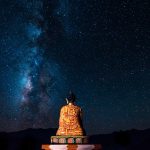Chimi Lhakhang: Most Visited Temple of Fertility in Bhutan
Apart from the Dalai Lama, Drukpa Kunley is probably one of the most popular Buddhist monks of all time, but in an unusual way. It is very unlikely for a Buddhist Monk to be famed by the names “mad saint”, “divine madman”, “the saint of 5000 women”, “fertility saint” and much more.
Sound strange! Right? Of the many spiritual figures of Bhutan, no one is as famous as Drukpa Kunley. His influence on the Bhutanese is so strong that today when you visit Bhutan, you will find paintings of several phallus over the buildings and walls of houses, inspired by the teaching of this divine madman – Drukpa Kunley.
But how can a monk be famed and called such absurd names? To find more continue reading or maybe you could just visit the fertility temple in Bhutan called Chimi Lhakhang and listen to the stories from the locals by yourself.
Other Unique Temples: Karni Mata Temple, Rajasthan: A Temple With 20,000+ Rats
Who is Drukpa Kunley?
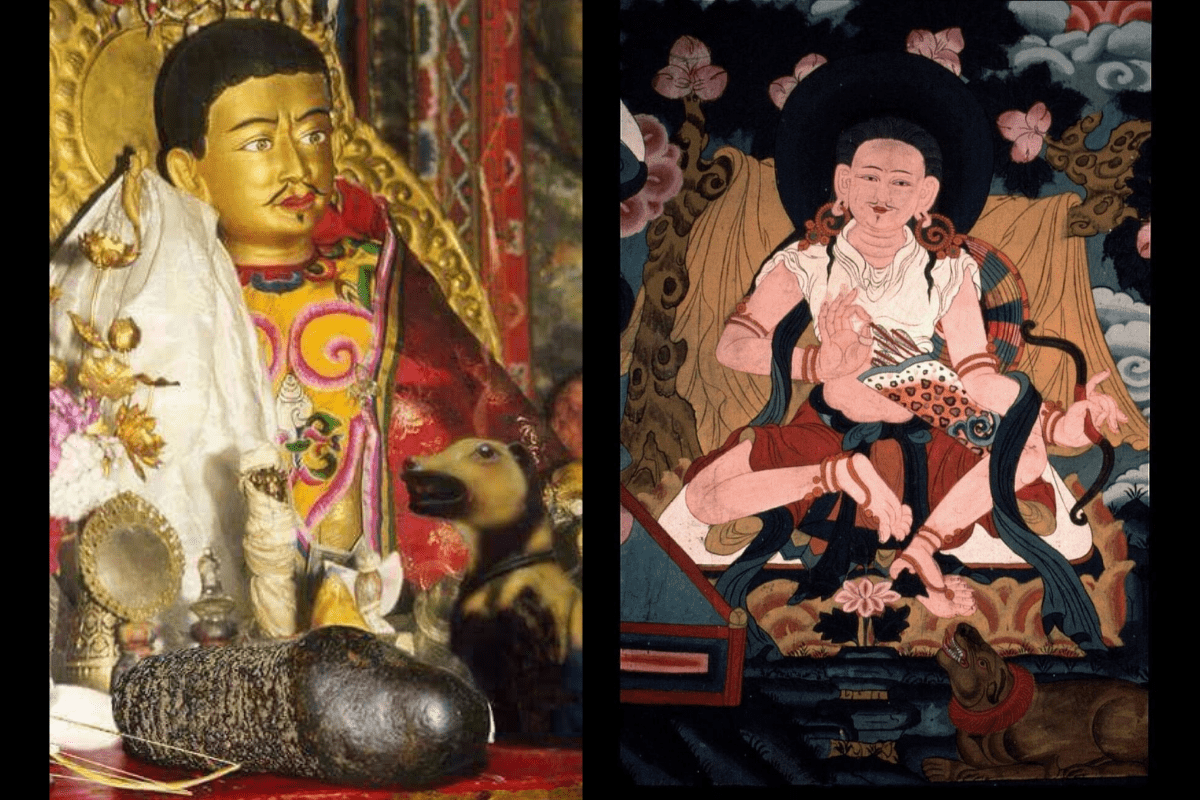
Drukpa Kunley was one of the first saints who traveled from Tibet to Bhutan for the purpose of preaching Buddhism. Though the date of arrival of this enlightened lama to Bhutan is unknown, he is widely known as the “divine madman”.
The temple of Chimi Lhakhang is dedicated to Drukpa Kunley. His devotees have given him this unusual title because he was an avid follower of Vajrayana Buddhism, also known as a tantric form of Buddhism or “crazy wisdom”.
He chose the craziest ways to preach Buddhism in a very “unmonk-like fashion”. He portrayed himself as a traveling wanderer who used to hunt and eat on purpose to show that he was all above the standards and customs set by the humans.
Drukpa Kunley enjoyed things like women, wine, dance, and writing naughty poetry, which shocked the traditional clergy. Despite his outrageous behavior, many regular people liked his teachings as they could relate them to their daily lifestyle.
He even got the nickname ‘The Saint of 5,000 Women’ because he believed in bringing enlightenment through sex. He showed that you don’t have to be celibate to follow the Buddhist path. His unique way of teaching attracted a lot of followers, especially women, who still visit the monastery for his blessings.
The Divine Madman’s methods won the hearts of many in Bhutan, so much so that he is regarded as one of the most revered and followed saints. He is also known for making the Takin – the national animal of Bhutan by placing a deer’s head on the body of a cow.
Chimi Lhakhang is the place where the original wooden phallus is kept which the Divine Madman brought from Tibet. Hence, Drukpa Kuenley is associated with the phallic symbol.
Now you must be wondering, why Drukpa Kunley is particularly associated with the phallic symbol. Let’s find out.
Other Unique Temples: Baba Harbhajan Singh Temple: Story Of Patriotic Ghost Soldier
The Story of Chimi Lakhang and the Flaming Thunderbolt of Wisdom
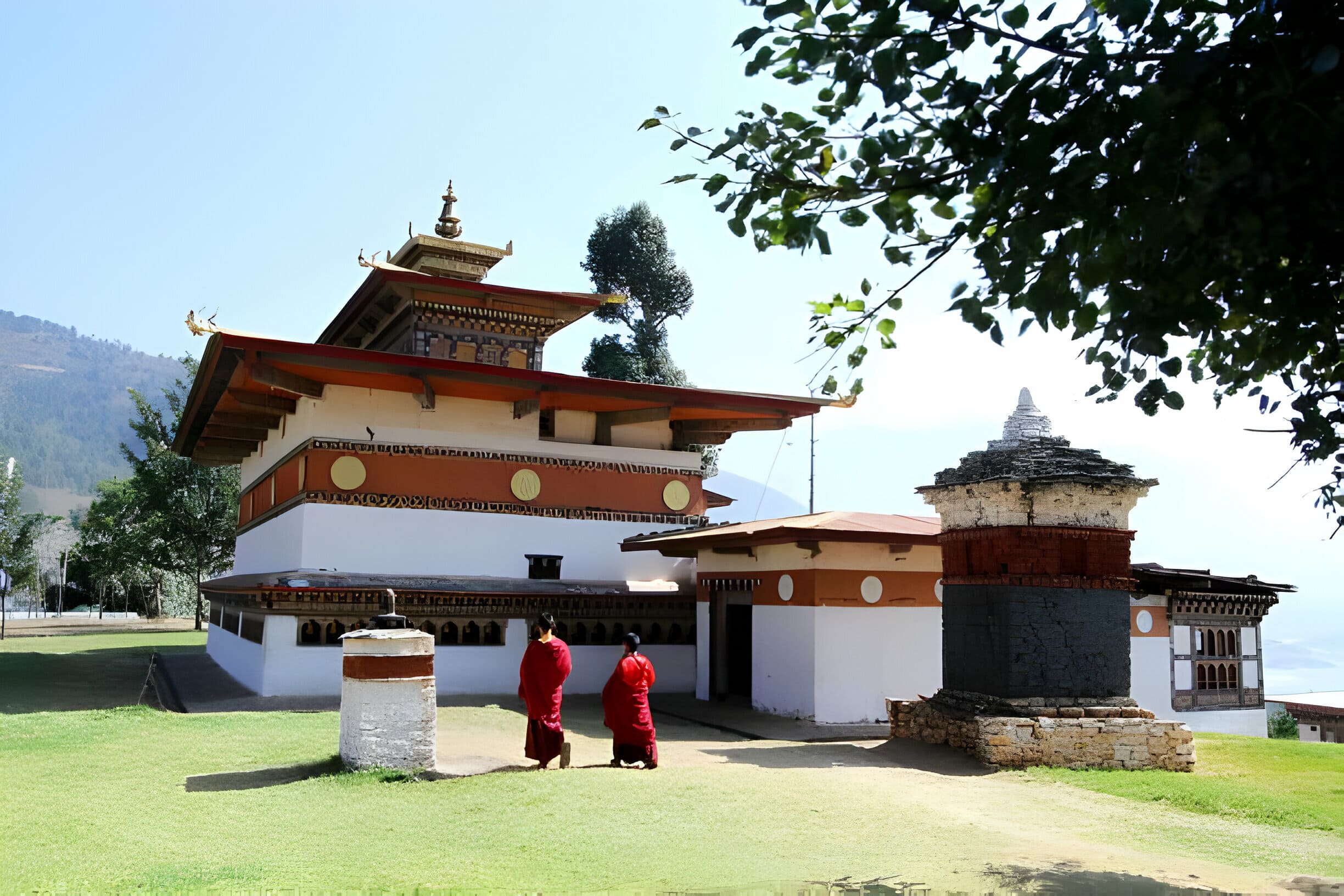
According to the local legends, Drukpa Kunley – the divine madman was not only a monk who preached Buddhism but was also a demon slayer and the protector of the people in Bhutan. He used a special penis-shaped weapon which was called the Flaming Thunderbolt of Wisdom to defeat the demons (which is kept inside Chimi Lhakhang).
Many localites also say that the weapon was actually Kunley’s organ which calmed both the demons and the demonesses and brought them under control. But it is still unclear that the weapon was actually his penis or a penis-shaped weapons. There are mixed views of the locals around this.
It is said that he bought this weapon from Tibet to Bhutan and used it on purpose to make the evil feel uncomfortable and then attacked when distracted by the weapon itself. On his voyage to travel across Bhutan to preach Buddhism and protect the Bhutanese people, he killed several demons.
One such demon is the demon of Dochula which is one of the highest mountain passes in Bhutan. Drukpa Kunley traveled to Dochula to drive away the demon. The demon then took the form of a dog to hide from the divine madman. Kunley figured out that the demon had disguised himself in the form of a dog and killed him eventually with his flaming thunderbolt of wisdom.
He then captured the dog inside a stupa and placed it on a small hillock that appeared like a woman’s breast which is the current location of Chimi Lhakhang. This black stupa can be seen as soon as you climb the hillock and reach Chimi Lhakhang.
While capturing the dog inside a stupa, Kunley said “Chi Mi” which translates to “no dog” and thus Chimi Lhakhang got its name. In 1499, Ngawang Chogyal – the 14th Drukpa hierarch constructed the present-day Buddhist monastery – Chimi Lhakhang around this stupa.
Other Unique Temples: Bullet Baba Temple: Story Of Rajasthan’s Mysterious Bike Temple
About Chimi Lhakhang
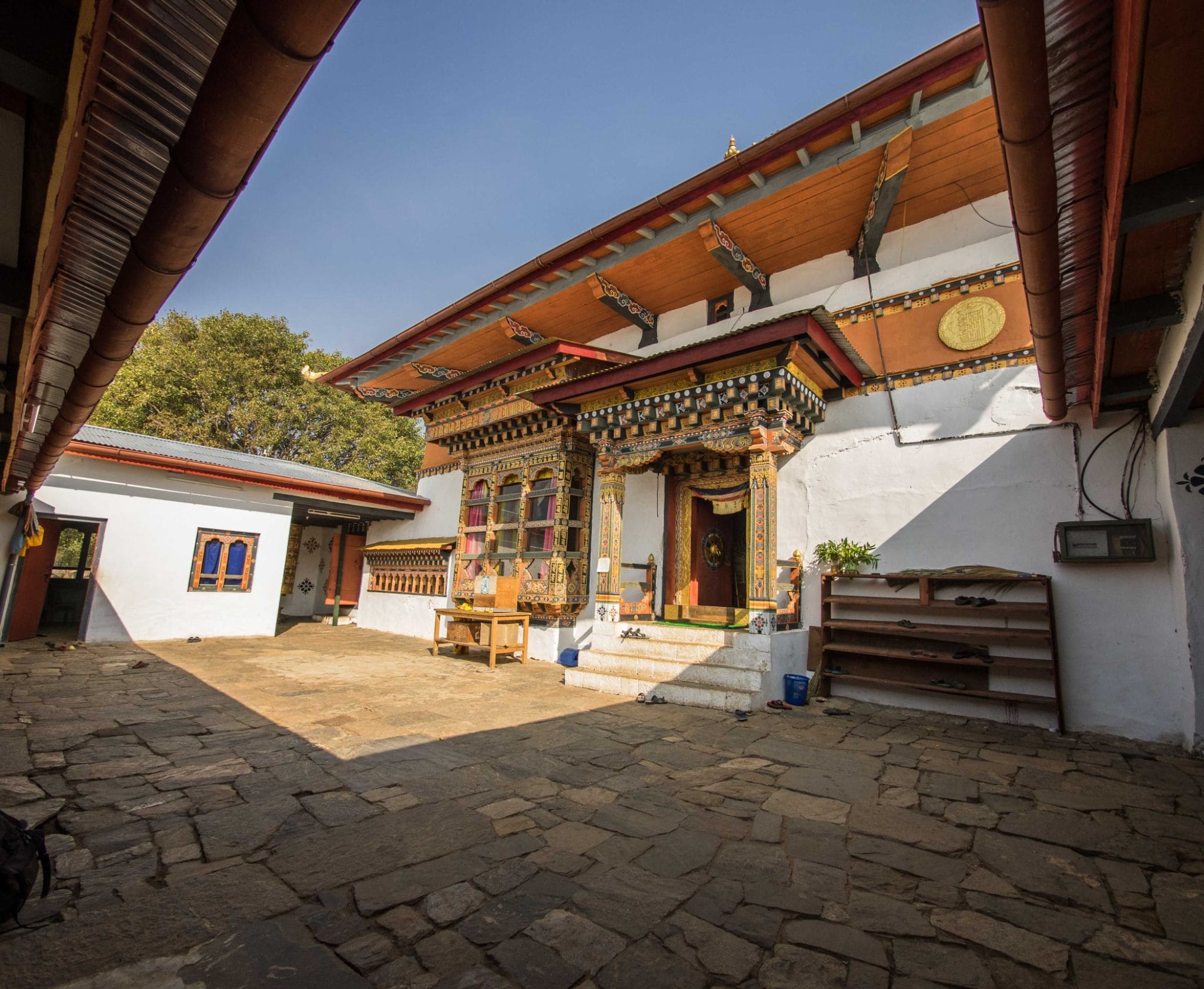
The Chimi Lhakhang temple is a perfect example of how simple things can be beautiful too. The village surrounding this fertility temple in Bhutan is decorated with several murals and paintings of phallus all over the house walls, roofs, etc there is no single painting of phallus on the walls of Chimi Lhakhang.
You will have to climb a small hillock to reach the main temple. This short hike is accompanied by a scenic view of the Puna Tsang Chu River and the vast paddy fields of the Sopsokha village. The entrance of Chimi Lhakhang is rather simple and decorative with a gigantic prayer wheel placed right at the entrance. Pass the prayer wheel and you will see the black chorten in which the demon of Dochula is trapped.
The main temple is an elegant square-shaped building with a brown and golden roof. The main temple walls have beautifully carved wooden panels which have a long row of small prayer wheels at regular intervals and slates carved with the images of saints.
Just as you enter the temple, you will be greeted with an elaborately carved and painted doorway. A large statue of Guru Padmasambhava is placed right in the center. Besides it, there is a statue of Kunley with his pet dog Sachi. The famous weapon of Drukpa Kunley – the penis-shaped weapon made of wood, ivory, and bone is also kept here.
Inside the prayer hall, you will find several phallic symbols, bells, drums, thangkas, and traditional instruments used during prayers. The wall paintings depict various life events of Drukpa Kunley and scenes from the Buddhist mythologies. Outside the temple, there is a large Bodhi tree, which is brought from Bodh Gaya surrounded by a raised platform for the visitors to sit and spend some peaceful time.
The Chimi Lhakhang temple is not as marvelous as the other Buddhist monasteries of Bhutan, but its simple elegance and the local legends associated with it attract several visitors every day.
Let’s know the reasons why this temple is popularly called “the fertility temple in Bhutan” and why it is frequented by childless couples.
Also Read: World’s Only No-Door Village – Shani Shingnapur Travel Guide
Why do people visit the Fertility Temple in Bhutan?
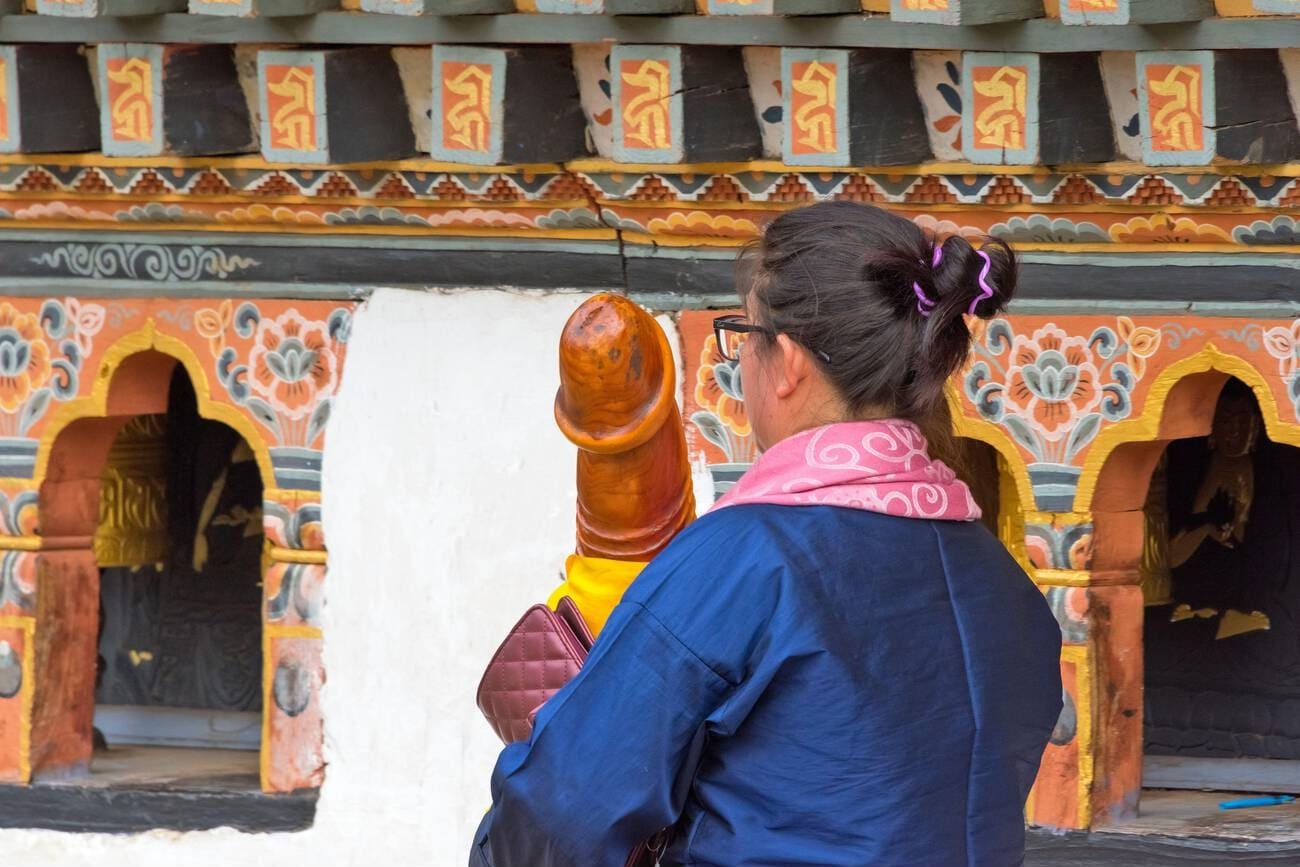
Along with being popular by the name “saint of 5000 women”, Drukpa Kunley is also known as the “fertility saint” as he has also helped many childless women to conceive during his days. Childless couples from all over the world visit Chimi Lhakhang to seek blessings from Drukpa Kunley – the fertility saint.
As a part of the fertility ritual, hopeful women carry a large phallus sculpture and walk around the monastery 3 times. After that, the penis-shaped weapon of Drukpa Kunley kept inside the temple is tapped on the woman’s head by the priest as a blessing.
There is a large album of photographs of couples who conceived and were blessed with a child after visiting Chimi Lhakhang. This album is kept inside the temple for the visitors to take a look at. Many couples return to the temple, once they are blessed with a child for a naming ceremony conducted by the monks here.
Also Read: Kongthong Whistling Village: A Musical Journey In Meghalaya
Things To Do In And Around Chimi Lhakhang
1. Participate in the Rituals
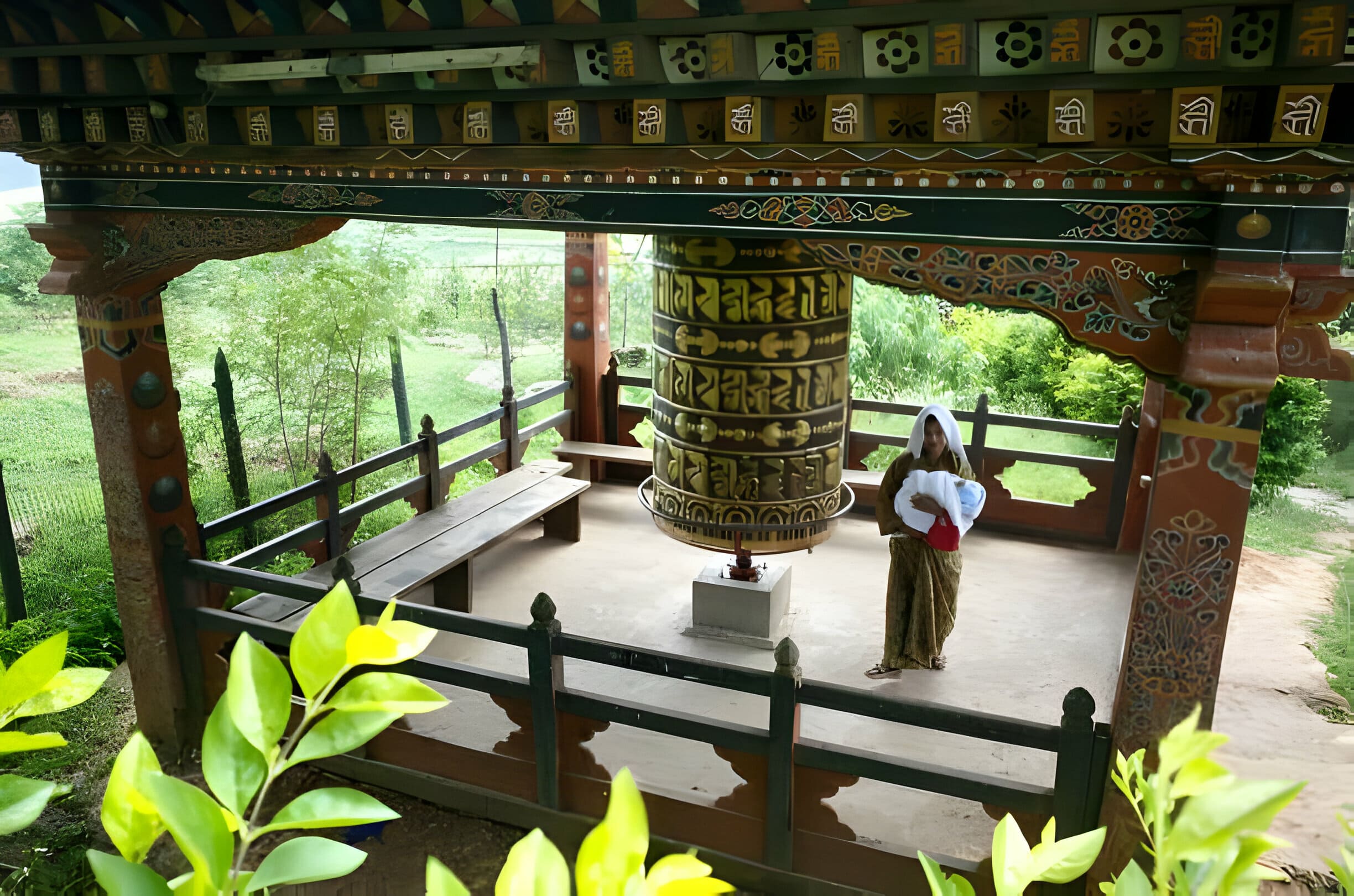
It is not necessary to participate in the rituals only to conceive a child. You can simply seek the blessings of the divine madman for your well-being. Kneel down at the altar respectfully touch the phallus and experience the spirituality in the air that brings hope to many.
2. Explore the Sopshokha Village
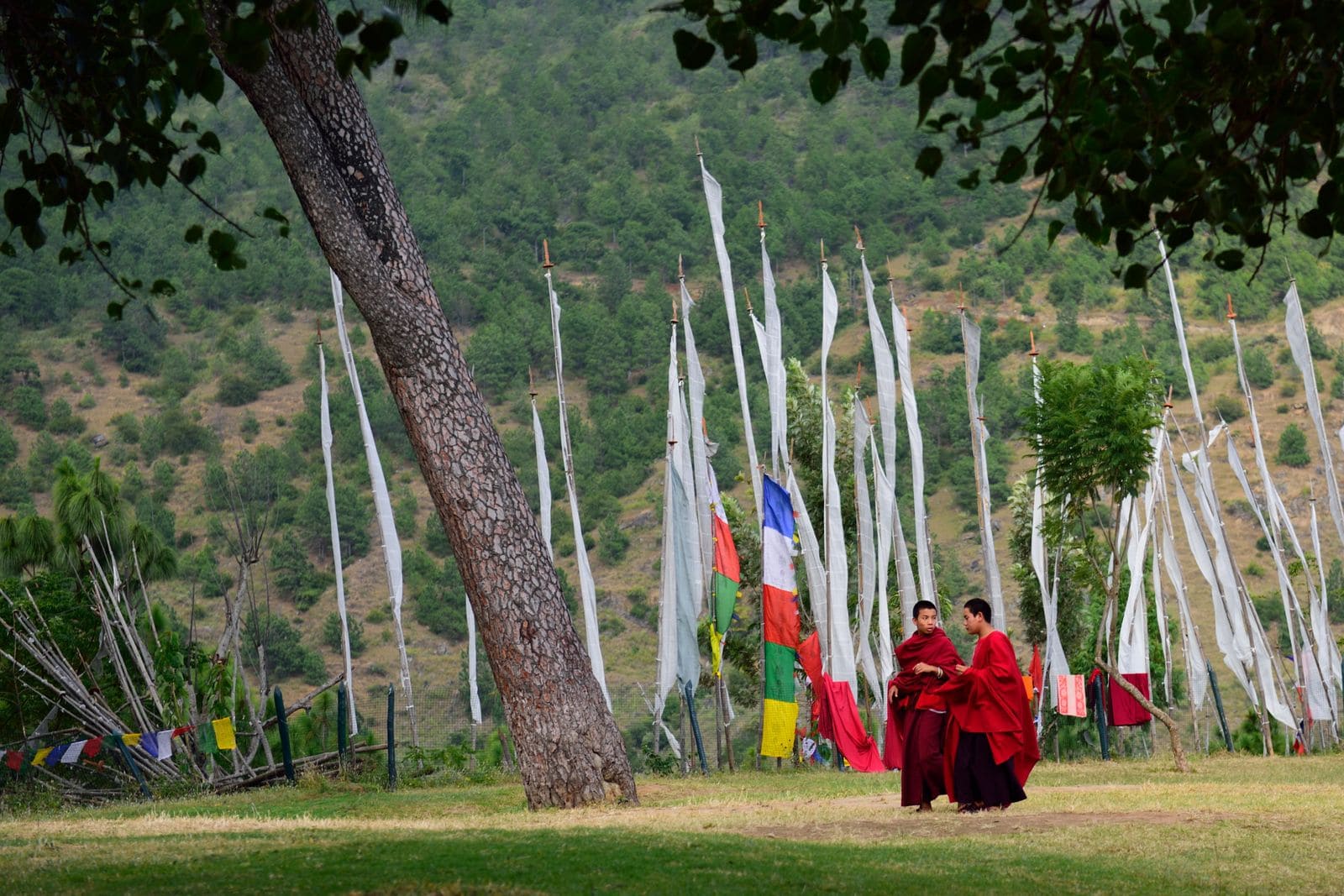
Take a walk through the Sopshokha Village and marvel at the several phallus paintings on the houses in the village. These amusing phallus paintings are seen in vibrant colors, tied with a ribbon, phallus with various faces on them, etc. The people in Bhutan believe that the phallus paintings on the buildings ward off evil and fend off the bad vibes. A walk through the paddy fields surrounding the monastery in the Sopshokha village will promise you a peaceful time. Soak in the sight of the lush paddy fields dotted with small stupas and colorful prayer flags.
3. Shop the Divine Souvenirs
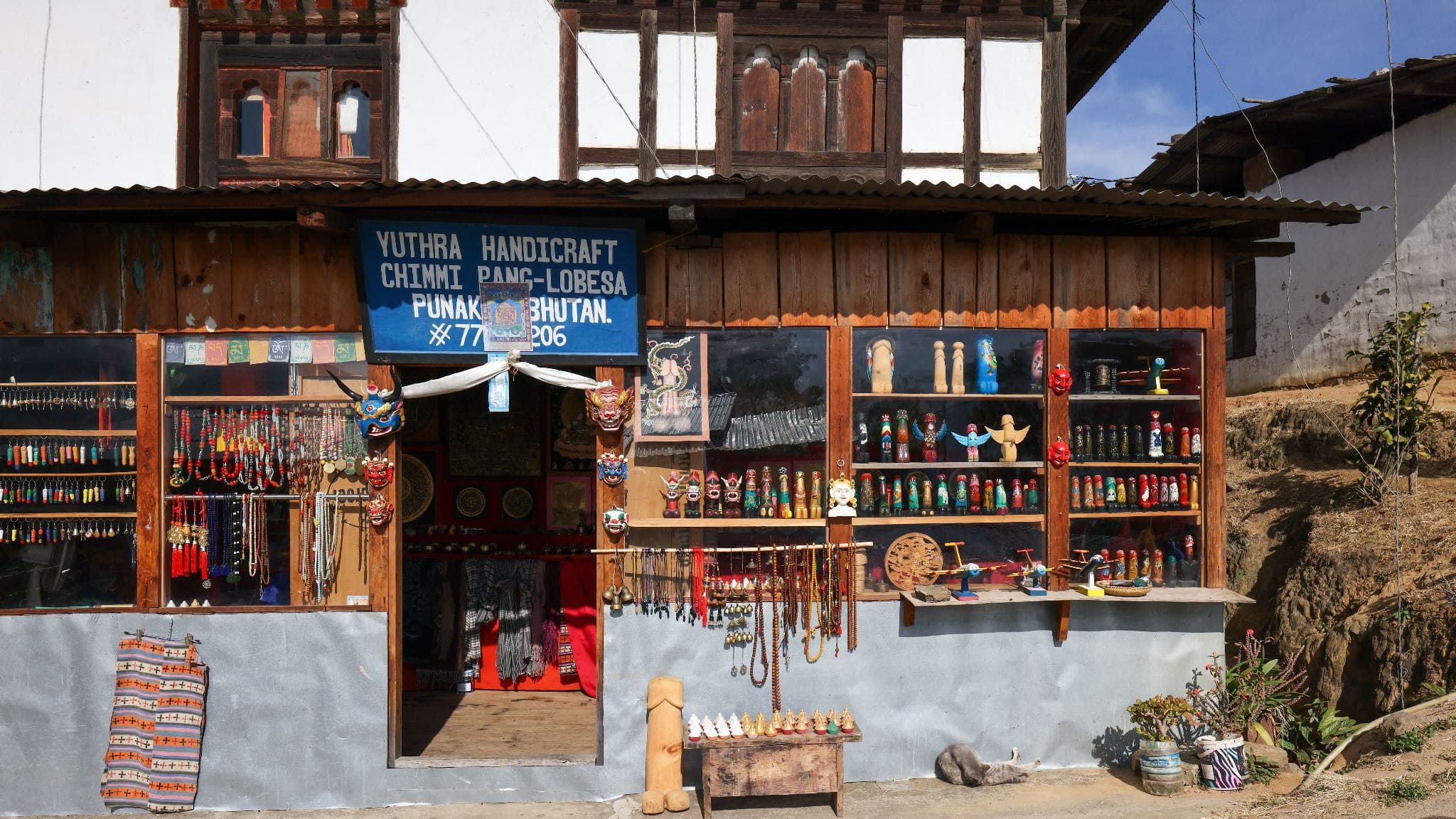
Visitors can take their own “Flaming Thunderbolt of Wisdom” for themselves or to gift their loved ones. Shop some authentic phallic souvenirs from several shops in and around Chimi Lhakhang. These souvenirs are available in several sizes, shapes, and colors, suiting according to your liking. These phallic souvenirs can be used as keychains, earrings, pendants, porch posts, doorknobs, nameplates, walking sticks, home decor, and much more.
4. Meditate
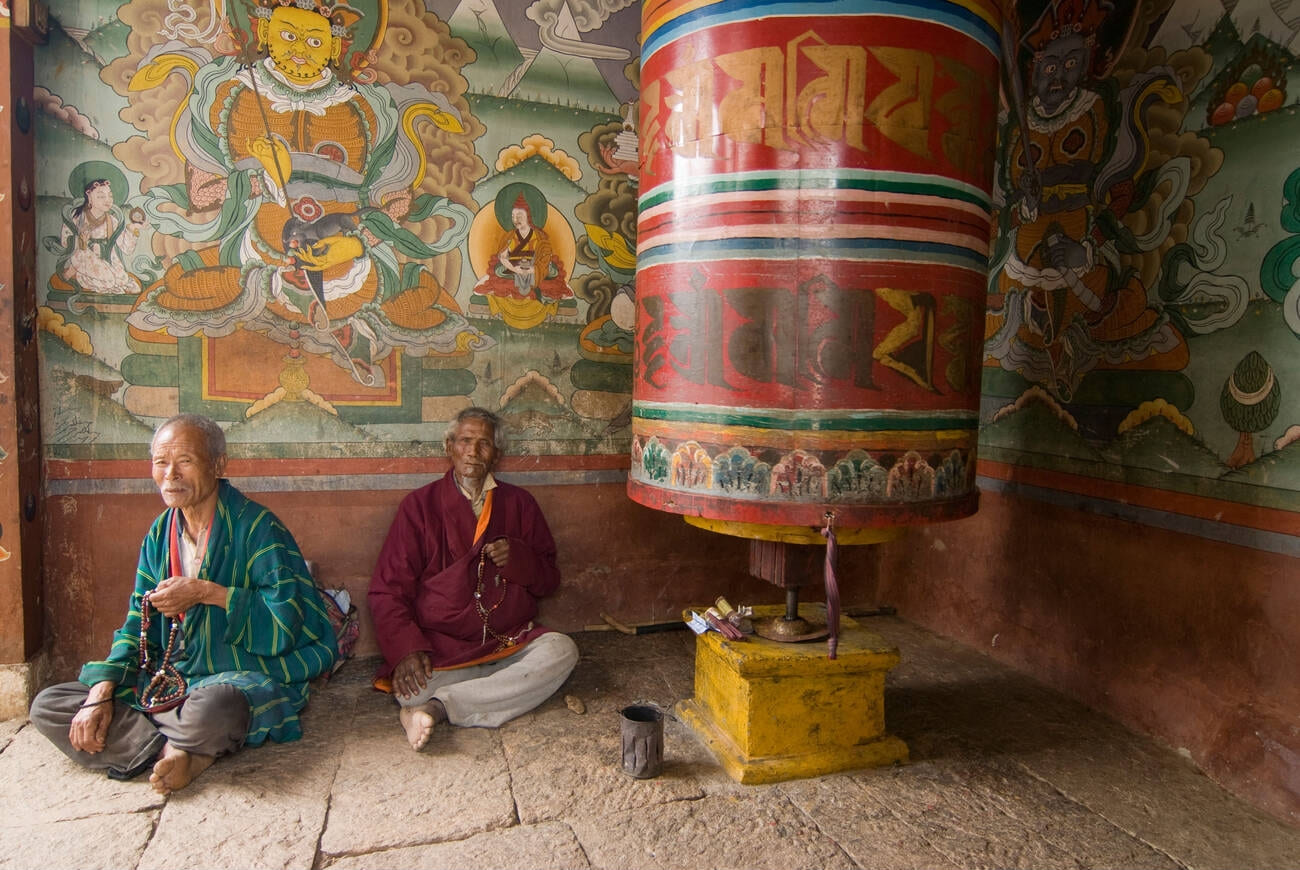
Soak in the spiritual vibes and connect with your inner self by meditating on the monastery premises. Immerse yourself in the prayer chants, sit under the large Bodhi tree, or simply find a quiet spot to meditate and feel the peaceful atmosphere.
5. Spin the Prayer Wheels
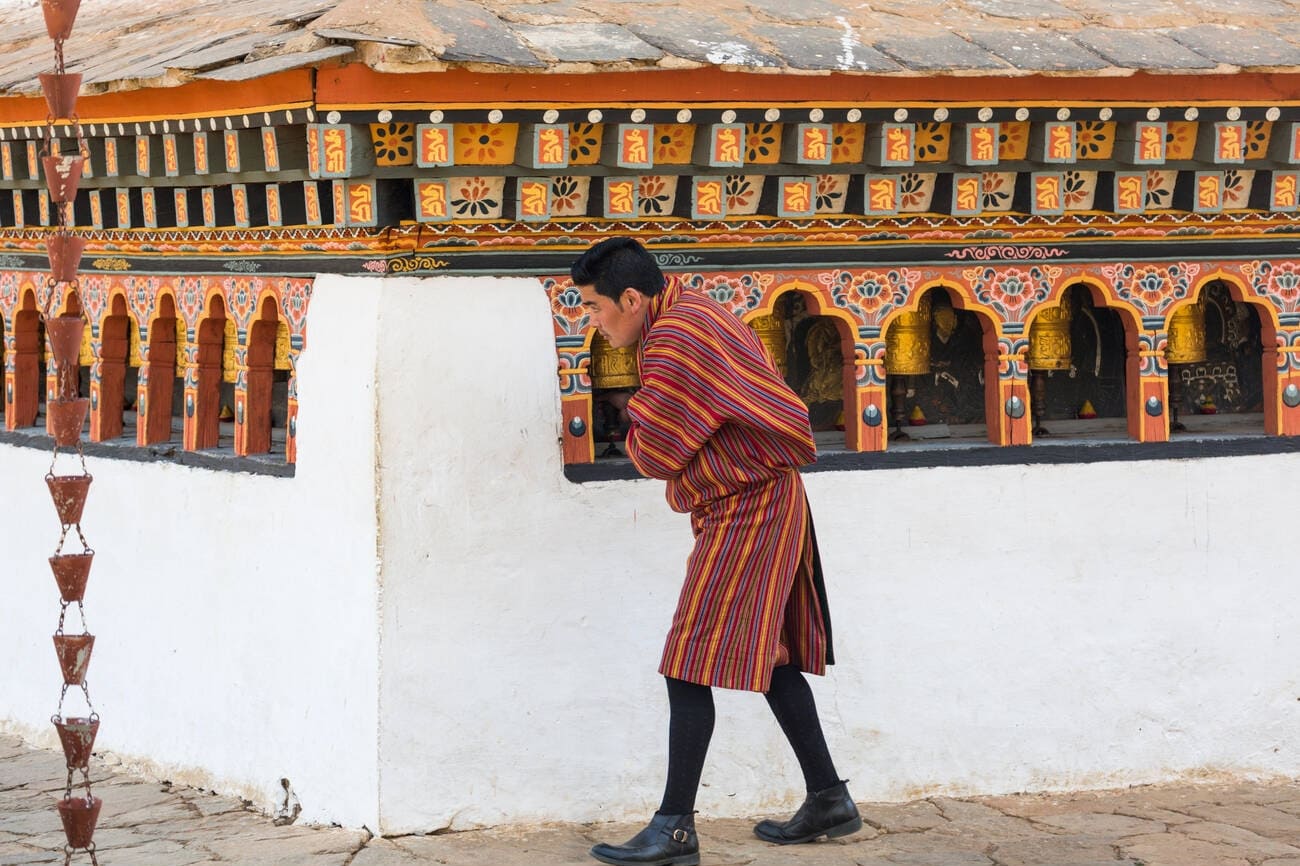
As a part of meditation or a ritual of the Buddhist monastery, you can also spin the prayer wheels in Chimi Lhakhang. Walk clockwise around the courtyard, spinning the large prayer wheel and several small prayer wells placed inside the carved walls of this monastery.
6. Light Butter Lamps
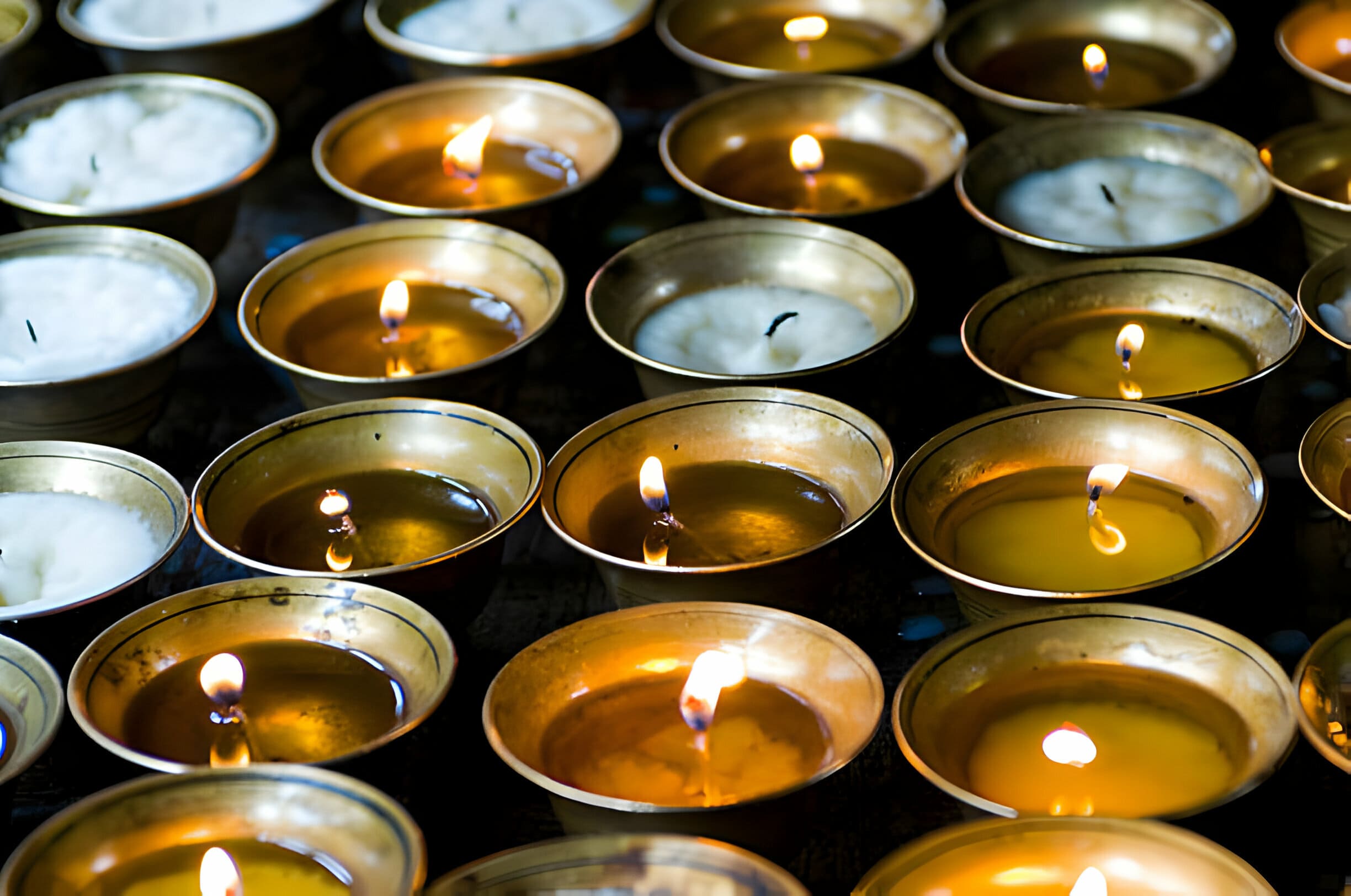
Participate in the traditional practices of Buddhism by offering and lighting the butter lamps at the altar inside Chimi Lhakhang. Feel the hopeful energy and pray to the deity inside the fertility temple in Bhutan.
Also Read: Secrets Of Skeleton Lake, Uttarakhand: Roopkund Dark History
How To Reach Chimi Lhakhang?

The nearest major town to Chimi Lhakhang is Punakha, approximately 10 km away. Here are a few ways to reach the fertility temple in Bhutan from India.
- Airways: The nearest international airport to Chimi Lhakhang is the Paro International Airport located approximately 105 km away. You can hire a private cab to reach the temple which will take around 3 hours. There are limited buses that operate between the major towns of Paro and Punakha. You can travel to Punakha by bus and then reach the temple by hiring a local taxi.
- Roadways: Many Indian tourists also enter Bhutan by road in cabs and taxis. They travel to Bagdogra airport in Siliguri and enter Bhutan through Phuentsholing and Jaigaon on the Indian side. This road journey offers a border tourism experience and provides an enjoyable road journey.
Also Read: The Untold Story Of Aokigahara: Suicide Forest Of Japan
Travel Tips To Keep In Mind While Visiting Chimi Lhakhang
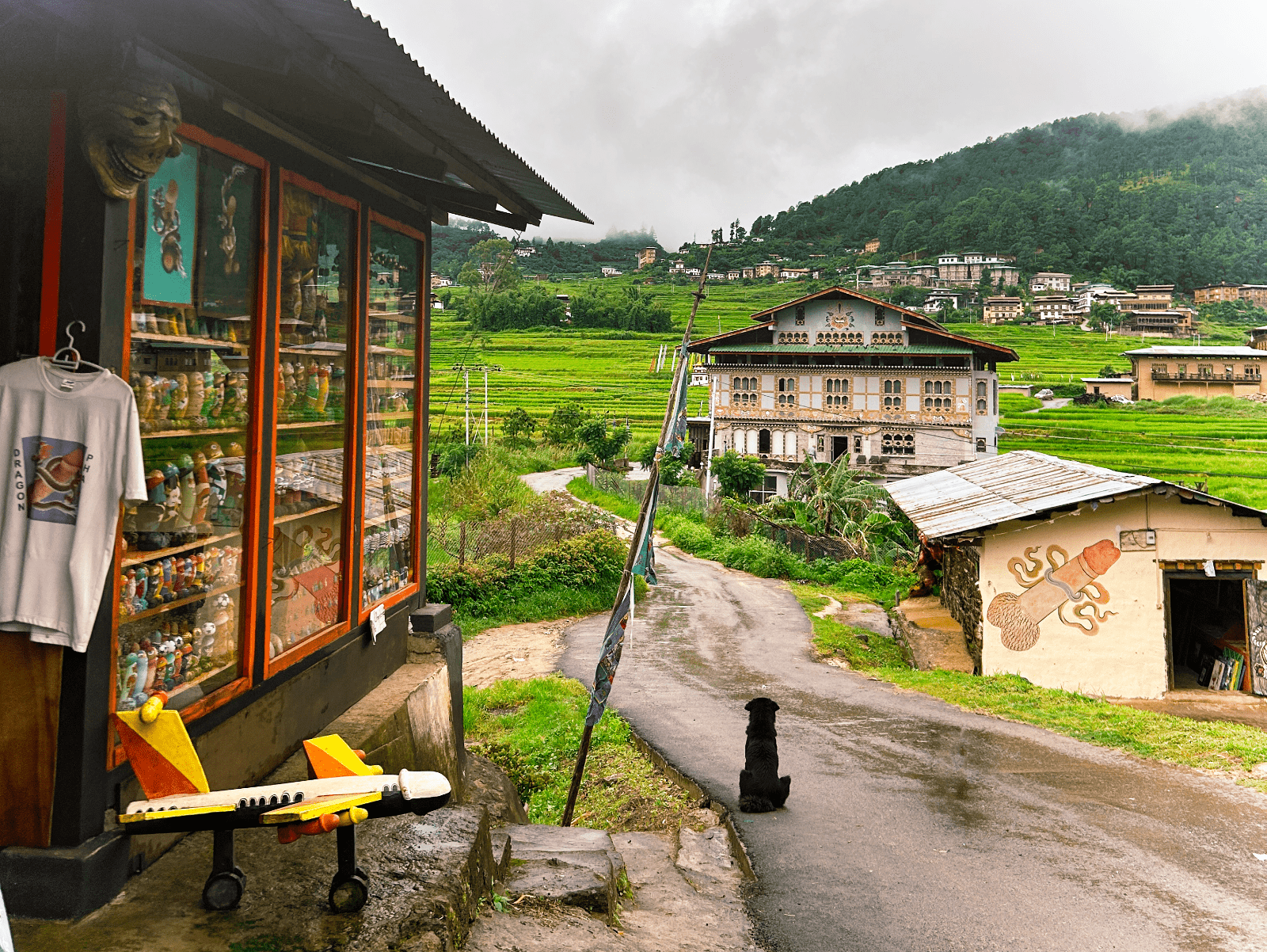
- The phallus paintings are seen throughout the Sopshokha village as you visit Chimi Lhakhang. Do note that there is nothing obscene about these paintings. It is up to your tolerance levels whether you want to take your kids or not, but the locals always do.
- The Chimi Lhakhang temple welcomes visitors daily from 9 AM to 6 PM. If you want to witness the fertility blessing ritual, visit the temple between 9 AM to 11 AM.
- Wear flats or good-grip footwear as visiting the temple involves a 20-minute hike through an uneven stone staircase.
- If you want to buy phallic souvenirs, shop from the shops here as they are less priced compared to the shops in the major cities of Thimphu, Paro, or Punakha.
- There are no entrance fees to the temple.
- Photography is strictly prohibited inside the temple.
- Since Chimi Lhakhang is a religious site, visitors are expected to dress appropriately covering their knees and shoulders.
- There is only one eatery in the Sopshokha village that offers local Bhutanese cuisine. If you do not want to eat Bhutanese dishes, it is recommended that you eat plenty before visiting Chimi Lhakhang.
How does Chimi Lhakhang attract tourists and visitors?
Chimi Lhakhang attracts tourists and visitors due to its unique fertility traditions and the intriguing history of Lama Drukpa Kunley. The picturesque location, traditional architecture, and cultural significance make it a compelling destination for those interested in Bhutanese spirituality and customs.
What rituals or traditions are practiced at Chimi Lhakhang for fertility blessings?
Chimi Lhakhang is known for fertility rituals, where couples seeking blessings for children visit the monastery. The tradition involves women carrying a phallus and walking around the temple 3 times and then receiving blessings by a phallus being tapped on their head.
Who was Lama Drukpa Kunley, and what is his significance at Chimi Lhakhang?
Lama Drukpa Kunley, also known as the Divine Madman, was a Buddhist teacher with unorthodox methods. Chimi Lhakhang is significant because it’s believed to be the place where Lama Drukpa Kunley trapped a demon with his penis-shaped weapon called the “divine thunderbolt of wisdom”. He is revered for promoting unconventional teachings and bringing enlightenment through his distinctive approach.
What is Chimi Lhakhang, and why is it famous?
Chimi Lhakhang is a Buddhist monastery in Bhutan, which is also known as the fertility temple of Bhutan as it is believed that the deity of this temple holds power to bless childless couples with a child. It’s a revered pilgrimage site known for its spiritual ambiance and unique practices.




